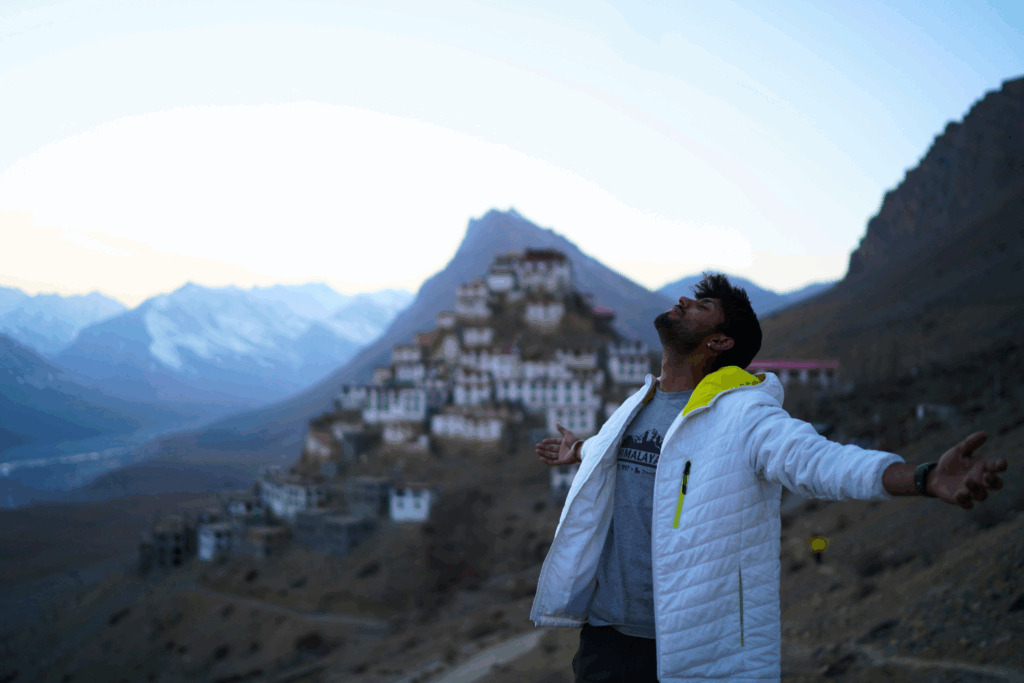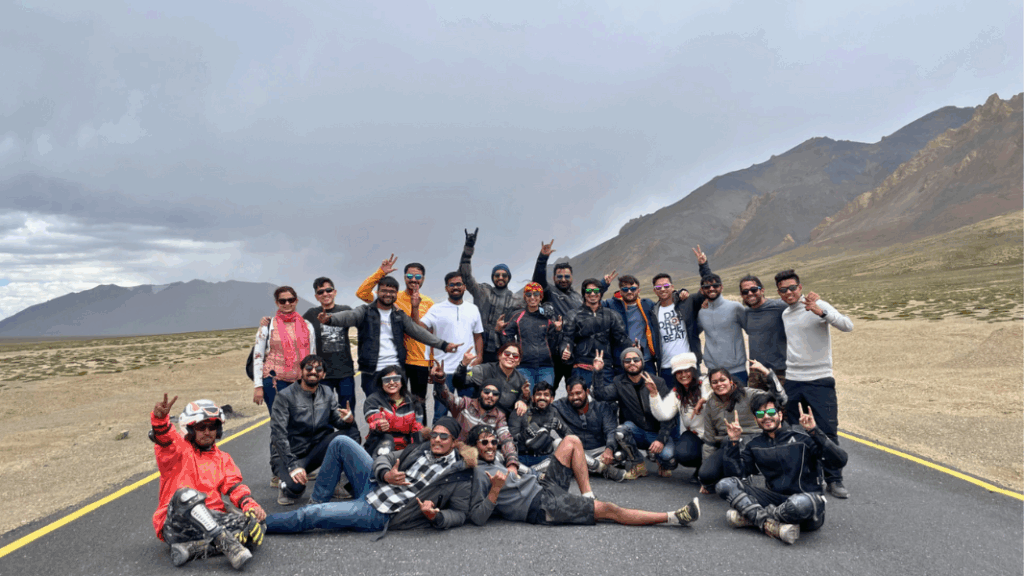Nestled between India and Tibet, Spiti Valley is a land of harmony and cultural confluence. Locally pronounced as “Piti”, it has long been considered an ancient gateway to Tibet. It offers a unique blend of cultures. It’s rich history, sustainable way of living and deep-rooted faith makes Spiti, truly a Shangri La!
Spiti – Where Religions Intermingle
The culture of Spiti is an amalgamation of Hinduism and Buddhism. The teachings of Guru Padmasambhava have profoundly influenced the region and hence, Hindu Buddhism was introduced in Spiti. The locals of Spiti have deep rooted faith with strong belief system which draws a lot of inspiration from Mahabharata and Mahayna Buddhism. This is evident in sites like Triloknath Temple and Rewalsar Lake in Lahaul Valley of Himachal Pradesh – both revered by Hindus and Buddhists alike.
Another example is the story of Komic Monastery. Komic is highest inhabited village in the Himalayas. Due to a drought, the monks of Komic decided to relocate the monastery to the lower-lying village of Hikkim. However, the Mahakal Statue, symbolizing the Protector of Dharma, did not move its foundation despite several efforts. In 1970s, a powerful earthquake shook the high-altitude villages of Spiti, leaving the Hikkim monastery in ruins. Astonishingly, the Mahakala statue in Komic remained steadfast, reinforcing the monks’ belief that Komic was the holiest site for their monastery. Today, the monastery continues to stand as a testament to this unwavering faith.
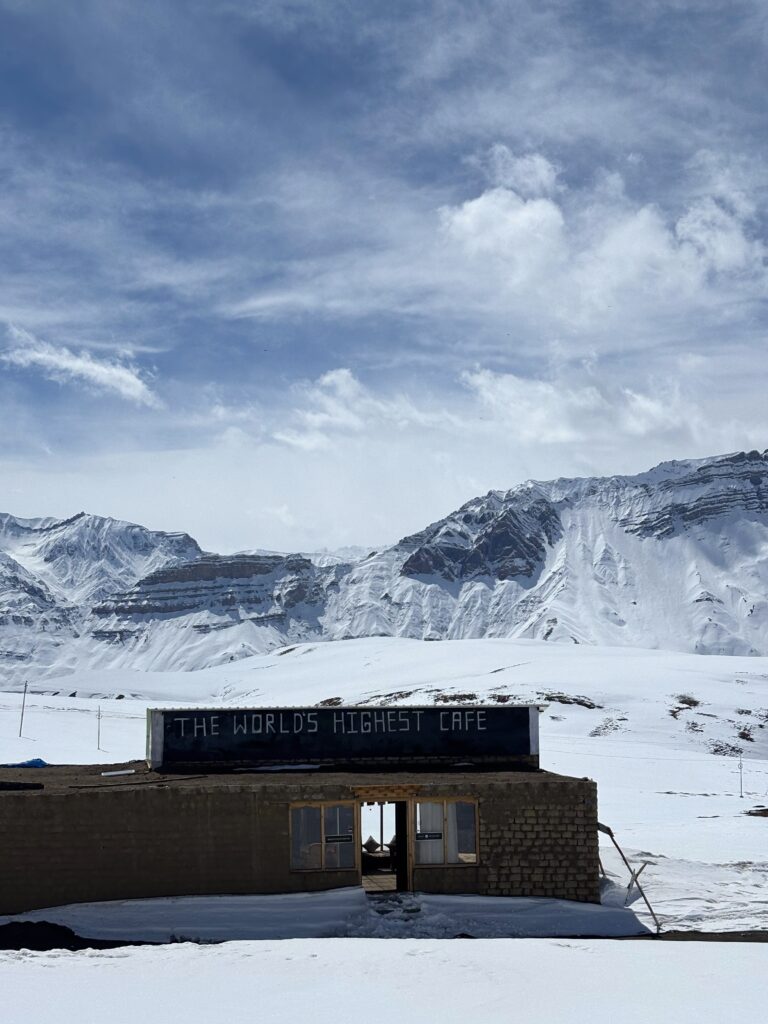
Tabo – A Work of Art
Spiti’s artistic heritage is best understood through the writings of Giuseppe Tucci, an Italian scholar who traveled through the valley on his way to Tibet. He noted that Spiti Valley is home to some of the most invaluable relics of Tibetan art and architecture. The Key Monastery in Kaza is the spiritual heart of Buddhism in the Valley. It houses exquisite murals, thangkas, rare manuscripts, stucco images and peculiar wind instruments that form part of the orchestra in Chham performances.
However, it is Tabo, which is the epitome of art. It was built in 996 AD by Rinchen Zangpo. When the monastery celebrated its 1000th anniversary in his holiness the 14th Dalai Lama performed the Kalachakra ceremony for world peace. When entered the Du Khang, the main assembly hall, one can witness the beautiful frescos depicting the life of the Buddha and stucco figures of gods and goddesses. What is truly the most intriguing is the Vairocana, the Buddha in meditation, on the wall across the main door of the monastery. One can also see the beautiful paintings of Gandharvas (angels specializing in art) in Ser Khang or the golden temple. Adding more, Tabo is also called Himalayan Ajanta.
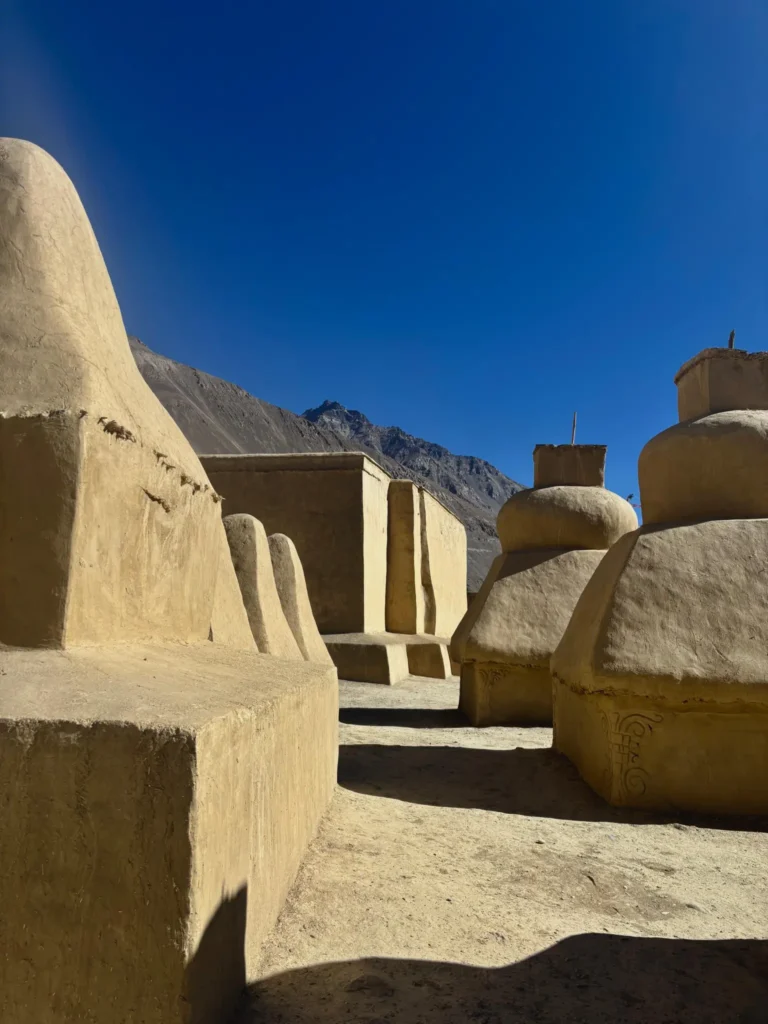
Spiti – A Medicinal Expert
Spiti’s spiritual and cultural roots extend into its ancient healing traditions. Bon is an ancient form of Tribal culture in Himachal has bears significant influence in the region. It is associated with shamanic rituals of Amchis, the medicine men. These medicine men carry herbal remedies in small leather pouches, crafted from the limited flora available in the valley. Their knowledge blends shamanism and herbal medicine, making them skilled in treating both physical and spiritual ailments.
Spiti – A Land of Festivities
Spiti’s calendar is filled with vibrant festivals, each celebrated with unique traditions. The Ladarcha Fair marks the arrival of summer. Many merchants come to the fair and trade their goods and services. Dechhang Festival is celebrated during the chilling winters full of community bonfires, dances and folk songs. Losar Festival or Halda festival is the Tiben New Year celebrated in the month of February. Nearly all monasteries uphold these traditions, offering a chance to witness the traditional dance during this festival. Spanning three days, the ceremonies feature the Chham dance, where performers don elaborate costumes and masks. One of the most awaiting ceremonies is the Tschechu Fair. The purpose is rebuilding bonds with villagers in own and nearby villages after months of winter hibernation. Just another way of Spiti proving as the land of harmony. The festival signifies increasing prosperity in times to come. Lamas, as performers, take part in the Cham Dance, dressed in vibrant costumes. This ritual involves cultural dances and mask-wearing, symbolizing the renewal of spirit and prosperity for the times ahead.
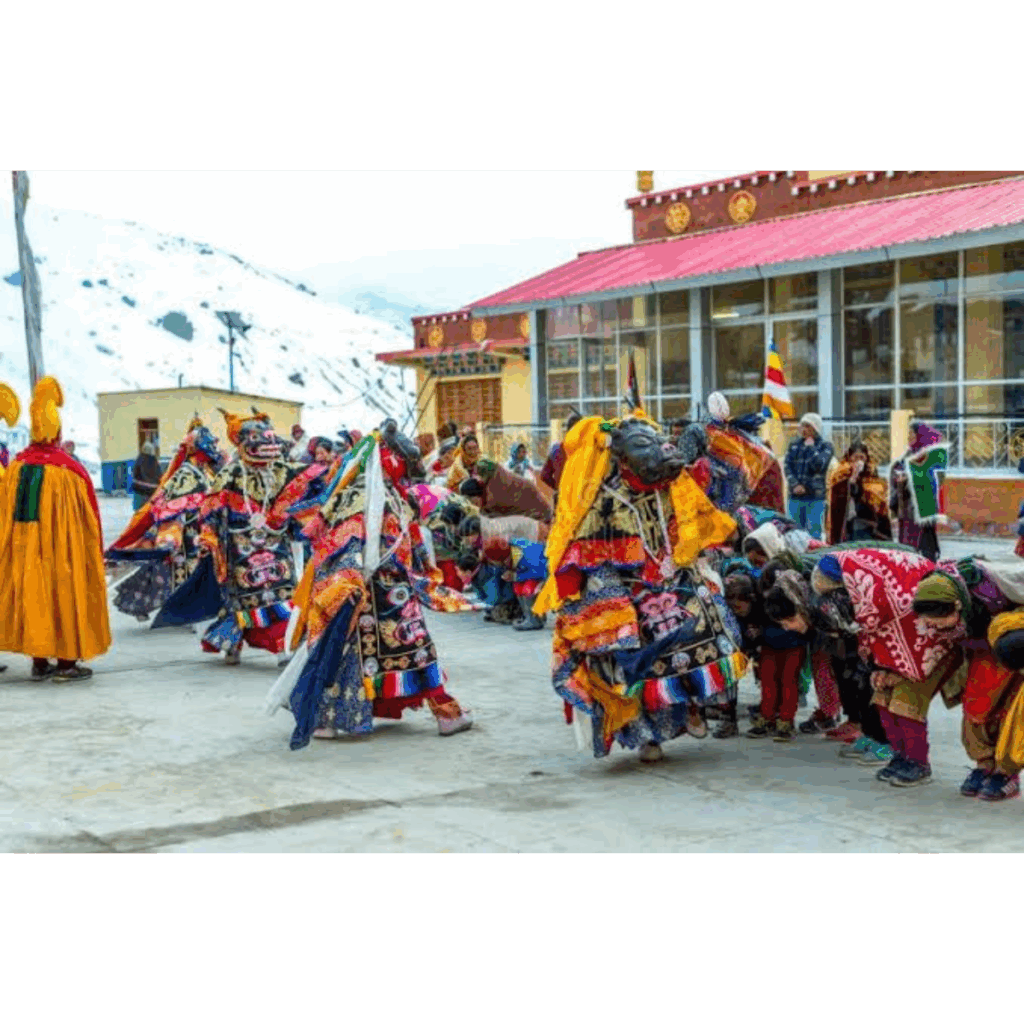
Spiti – A Harmony Seen and Felt
Spiti Valley is not just a land of cultural harmony—it is a place where this harmony is visible in every aspect of life. The villages, the people, the animals, everything is a radiates contentment and deep respect of nature. This strikes the harmony in the valley. There is sameness in the houses, all lime washed with painted red with chak on top. Life in Spiti is simple, sustainable, and deeply connected to the land.

I now understand what Kipling meant in his book “Kim” when he said –
“At last they entered a world within a world — a valley of leagues where the high hills were fashioned of the mere rubble and refuse from off the knees of the mountains, surely the Gods live here”.
